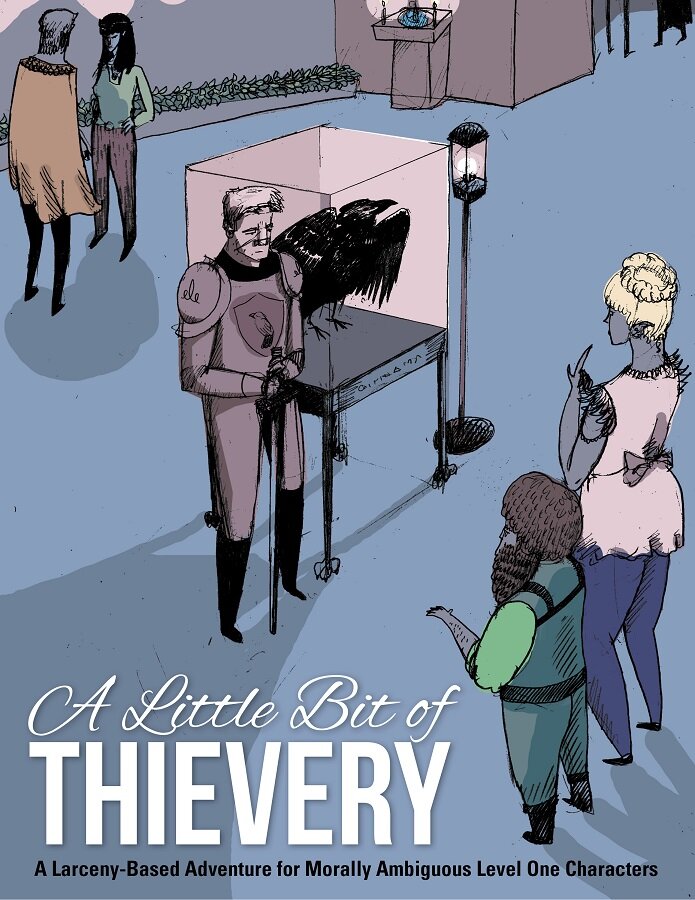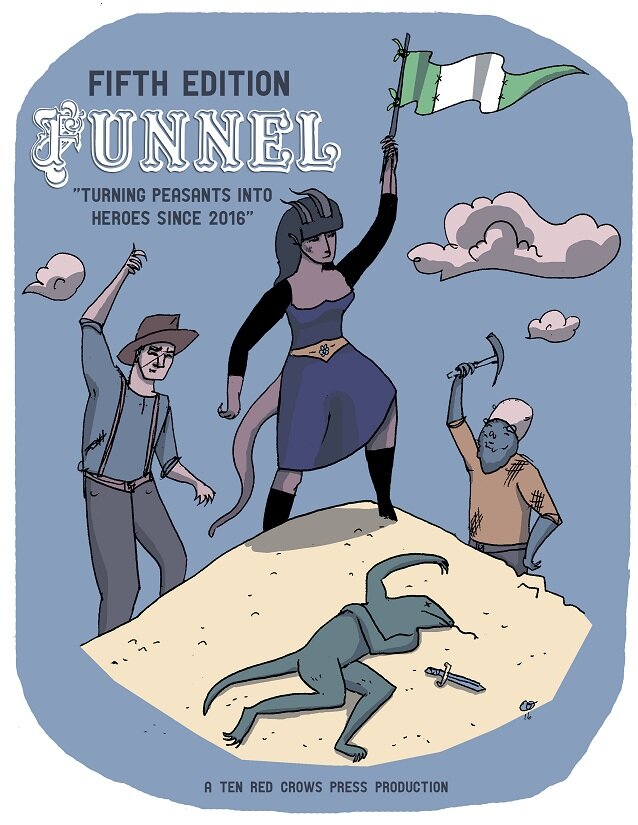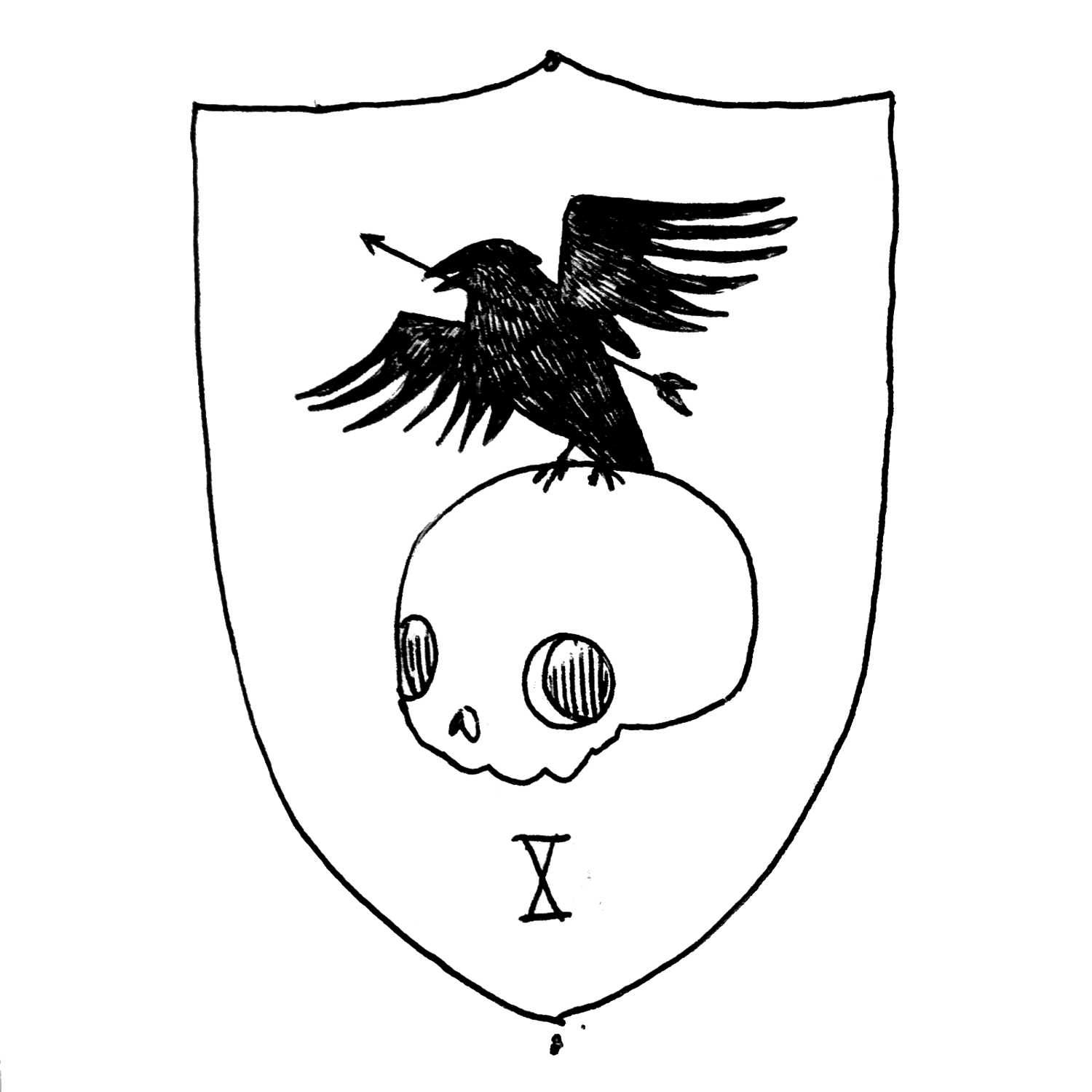RPGs naturally tend toward fantasy. Characters want pull back an arrow for the perfect shot or rob a bank: we play tabletop games to escape the real world.
In order to function properly, games delve into the abstract. No one wants to sit and do a night’s worth of calculations to determine if the elven arrow hits the orc so we reduce the fantasy world into numbers. The shot is determined by a mix of circumstance and natural ability (+7 to hit an AC of 12) and a roll of a d20 to account for random chance.
While reducing the world to a dice rolls makes the game playable (although THAC0 is still lost on me), people can get lost in the abstraction. Numbers are difficult to fully internalize and it breaks down the suspension of disbelief. If a character can move 30 feet in a five second round, how you relate that to your players? How do we bring them back into the fantasy?
Example: How fast is your character?
You can help people to internalize the experience by relating it to the real world. To do this you need to understand what these numbers mean. Does your cleric move 30 feet a turn? That’s about mall-walking speed, that nebulous spot between a walk and a jog. Rogues who use their bonus action to dash move twice as fast (a 7 minute mile). That’s about as fast as I can run a mile in jogging shorts, although not in full adventuring gear while loading a crossbow bolt.
Bringing it all together
The more you can relate the world of numbers to actual experiences, the more immersive your world will be. Does a longbow have a normal rage 150 ft? Well that’s about half a football field or coincidentally, about the distance from my door to my neighbor’s house across the street.



